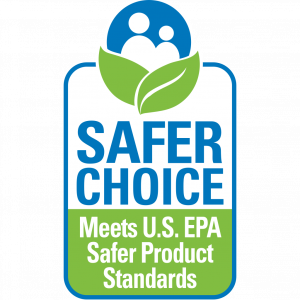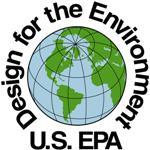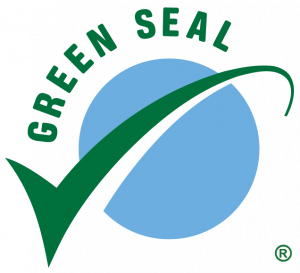Cleaning Products
Key Procurement Guidelines and Considerations
- Select products made from renewable resources (example: biobased solvents from citrus, seed, vegetable and pine oils)
- Choose a product with a low to no VOC content
- Search for biodegradable products.
- Low flammability
- A pH close to neutral (4-9.5)
- Fragrance free or meets EPA’s Safe Choice Criteria for fragrances
- Designed for use in cold water (to conserve energy)
- Limit use of disinfectants to areas where people are more likely to come into contact with, i.e. contaminated surfaces such as bathroom fixtures, doorknobs, other high-touch surfaces.
- Conduct training on proper use of products.
We clean our hospitals and clinics to promote a healthy environment, eliminate the risk of transmitting infectious diseases and make things visually appealing. However, cleaning products can also bring with them a long list of health and environment concerns. Hazardous chemicals found in the ingredient lists can cause skin and eye irritation, endocrinology and reproductive disruption, promote chronic inflammation, cause oxidative stress in target organs, act as carcinogens and are ozone depleting1,2. Cleaning products, and the associated chemicals, are released into the environment through evaporation of volatile components2, which leads to higher indoor concentrations of Volatile Organic Compounds (VOCs)1,3. Additionally, cleaning products down the drain enter waterways, where they can threaten aquatic life2.
Many of the commonly used products may need to be reconsidered in order to ensure the health of your staff, your patients and the environment. Attention and care should guide procurement choices to keep yourself, your staff, your clients, your patients, the indoor air quality and the environment safe. Taking the time to research products that meet the needs of your hospital, while also minimizing harm through toxic effects of chemicals can improve the indoor air quality of your clinic and minimize the environmental impact of harmful chemicals flowing down the drain into our watersheds. Cleaning products are complicated unless you have in-depth knowledge of the chemicals and their deleterious effects. These guidelines will lead your choices to ensure a safe and health workplace environment.
Buyer Beware
Although eco-labels can be helpful, they can also lead one astray through vague/generic terms, e.g. “environmentally friendly,” “eco safe” and “green”2. This is an example of greenwashing.
Additional Resources
References:
1. Reddy, M., Heidarinejad, M., Stephens, B. & Rubinstein, I. Adequate indoor air quality in nursing homes: An unmet medical need. Sci. Total Environ 765, 144273 (2021).
2. US EPA. Identifying Greener Cleaning Products.
3. Bayati, M., Vu, D.C., Vo, P.H., et al. Health risk assessment of volatile organic compounds at daycare facilities. Indoor air (2021).



